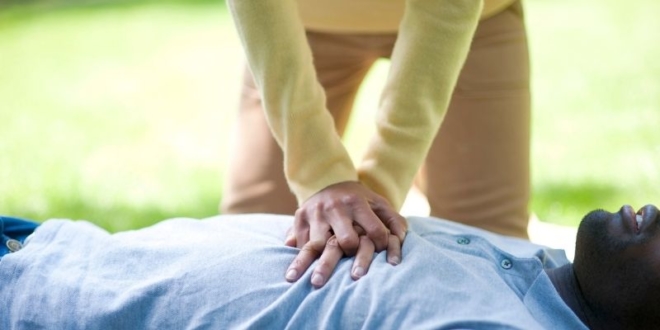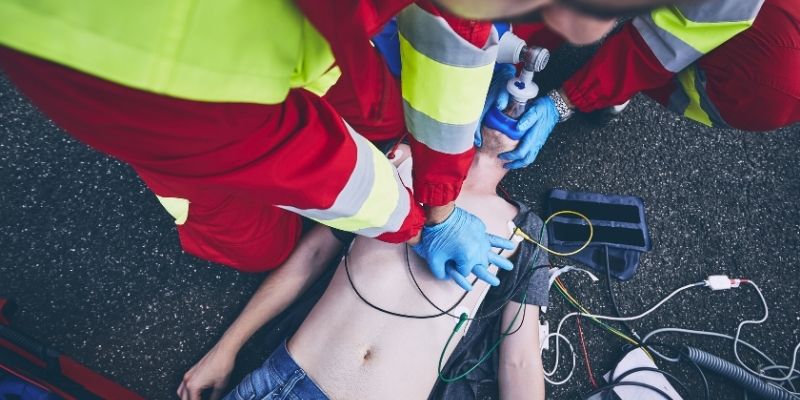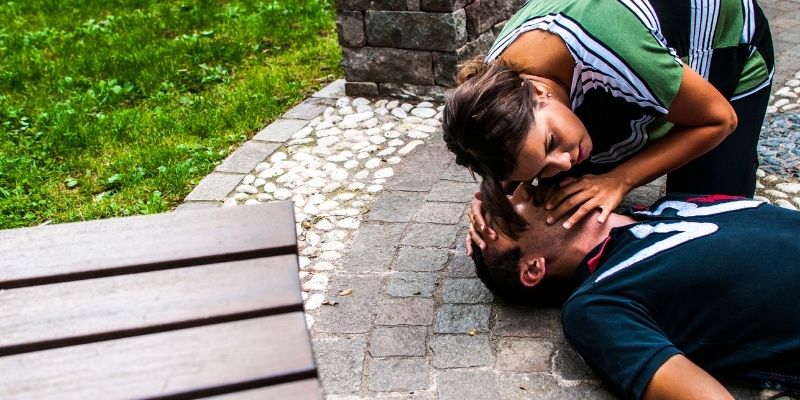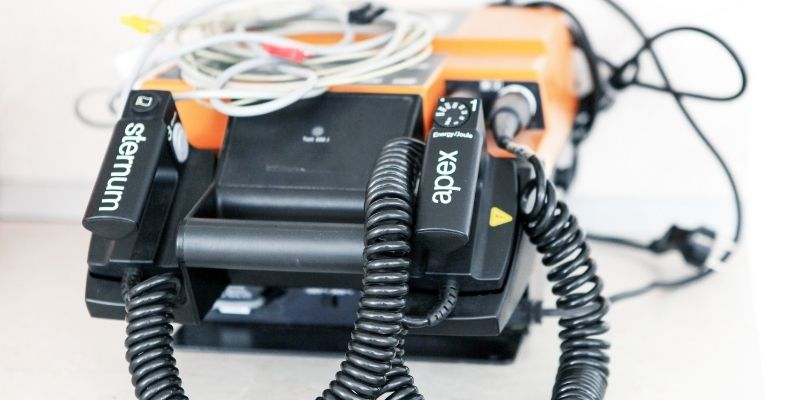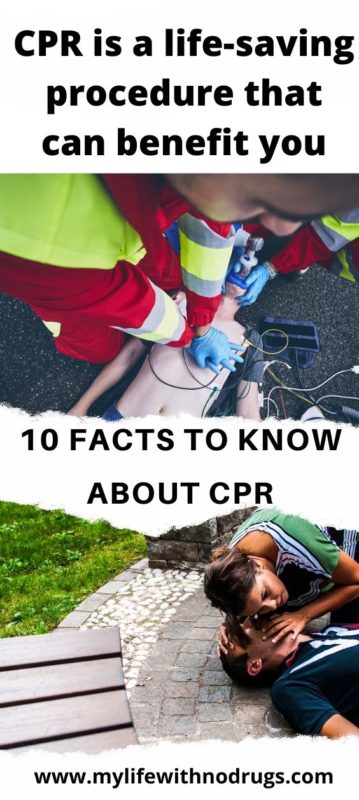Cardiopulmonary resuscitation or CPR is a life-saving procedure that can benefit you in almost every scenario. It is often a life-saving measure for those people suffering from sudden cardiac arrest.
To review, sudden cardiac arrest (SCA) is an electrical malfunction in the heart that can cause irregular heartbeat. During an SCA, the heart is unable to pump blood to the brain, lungs, and other organs causing it to shut down.
As of 2020, sudden cardiac arrest is among the leading causes of death in Australia and also worldwide.
Cardiac arrest survival often depends on bystanders and their capacity to administer CPR.
According to The Heart Foundation, the first few minutes of cardiac arrest is the most crucial. It can mean the difference between life and death for some people.
First Aid Pro, a first aid course provider in Melbourne has featured several articles about CPR in the past years. However, if you are still asking yourself this question. “Why do I need to learn CPR?”, we’ve prepared 10 facts about CPR to help provide an answer.
1. A heart attack is not the same thing as cardiac arrest.
This is often a misconception between these two conditions but there is indeed a difference between a heart attack and a sudden cardiac arrest.
As mentioned, cardiac arrest is a sudden cessation of heart function that occurs when there is an abnormal electrical activity in the heart which interrupts blood flow to the brain. In contrast, a heart attack occurs when a blocked artery stops the blood from reaching part of the heart muscle which may lead to a cardiac arrest.
2. Out-of-hospital cardiac arrest
There are more than 30,000 out-of-hospital cardiac arrests annually in Australia and nearly 90% of them fatal. The other commonplace cardiac arrest occurs is at home.
With more than 50% of cardiac arrest happening in Australian households, the life you may be saving by performing is a family member, close friend, or a neighbor.
Consider getting CPR certified today.
3. Early Recognition of Cardiac Arrest Signs and Symptoms
Warning signs and symptoms of cardiac arrest can appear up to two weeks before it takes place There are also cases where cardiac arrest signs and symptoms are immediate and drastic such as
- Sudden collapse
- No pulse
- No breathing
- Loss of consciousness
In such situations, immediate CPR is required.
4. Stayin’ Alive
Are you familiar with the famous ‘Staying Alive’ song by the Bee Gees! If not, you better start to listen and follow the beat as it the best way to remember the CPR interval of giving CPR 100 to 120 compressions per minute.
5. Hands-only CPR works for adults (puberty and older)
If you see or suspect a teen or adult having a cardiac arrest and suddenly collapse, hands-only CPR is the recommended form of CPR. It is easy to learn and remember, plus it increases the likelihood of cardiac arrest survival that occurs outside of the medical setting.
Hands-only CPR (compression-only) is not recommended for infants and children 10 years below as there is a risk of rib fractures. It is possible however it takes enough skills and knowledge to properly do it without risks. We suggest you take infant and child CPR classes at First Aid Pro.
6. CPR +AED
The administration of CPR and the shock provided using an AED is the best way to survive a cardiac arrest. It can drastically reduce the deaths in an out-of-hospital cardiac arrest caused by ventricular arrhythmias.
7. The Good Samaritan Law
There is a good samaritan law in place throughout Australia to protect the bystanders from getting sued when administering life-saving methods such as CPR in the event of an injury.
8. Any CPR is better than NO CPR
Top-notch quality CPR greatly increases survival rates, however, any form of CPR (including the not-so-good) is better than no CPR at all.
According to St John Australia, for every minute without CPR, the patient’s chance of survival falls by 10-15 percent. To make sure you provide the best resuscitation, consider getting formal CPR Training.
9. Only 26% of Aussies knows CPR
Despite knowing that CPR is a critical life skill, only 26% of the Australian populations are trained in performing CPR and First Aid. According to a study, most of Australians are unsure of how to administer proper CPR or have simply forgotten from their past training.
Keep your CPR certificate updated to stay current with the latest and most effective life-saving technique.
10.CPR Training
Take a course to learn the critical lifesaving skills of CPR, first aid, how to use an AED, and more.
Learning CPR is one of the most important things you can do to fight cardiac arrest.
We hope you’ve gained helpful insight to better understand CPR and why it is important with our ten facts above.
Liked this article? Share it to say “thanks!” Your support is much appreciated!
I would love to connect with you!
You can find me on
PINTEREST, TWITTER1, TWITER2, INSTAGRAM FACEBOOK,

